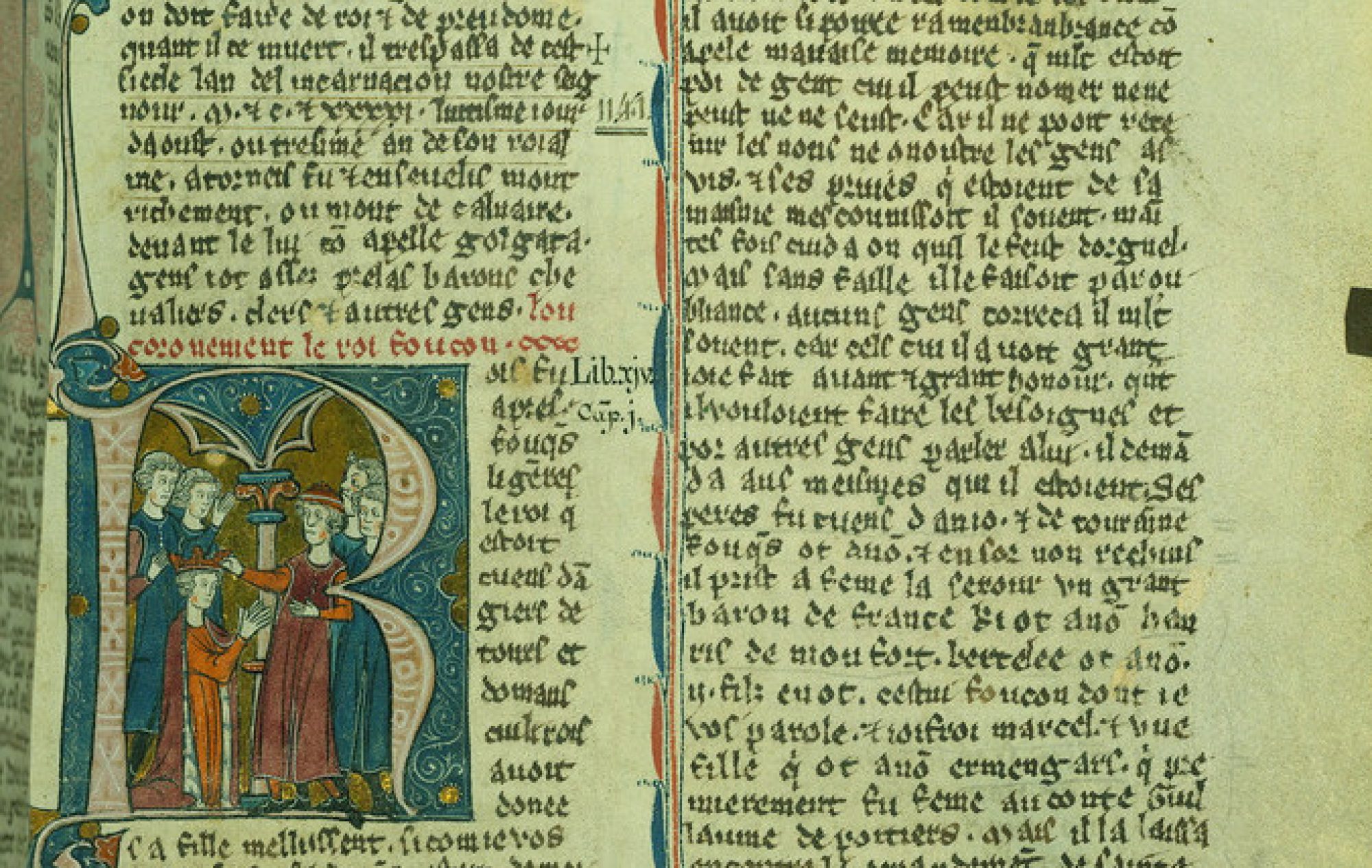The letter of Prester John mentions, in addition to Gog and Magog, many other nations with “people subject to [Prester John] who feed on the flesh of men and of prematurely born animals, and who never fear death.”1 These nations are Anie, Agit, Azenach, Fommeperi, Befari, Conei-Samante, Agrimandri, Vintefolei, Casbei, and Alanei.2 However, these names do not appear to be referenced anywhere else in literature from that time.
This does bring to mind a dark and frequently debated part of history. During the first crusade (see The Crusades for more details), specifically in 1098, Christians captured the Muslim city of Ma’arra after a two-week siege. The army then settled in the city for just over a month while its leaders debated the next course of action. It is said that waiting in a state of near famine in the city, the Christian army feasted on the bodies of their enemy, resorting to cannibalism. While many historians debate this fact, this was nevertheless an idea that carried on through history, sending an accompanying sense of disgust and unease to taint the victory of the first crusade. This horrifying tale justified the war cause on both sides. For non-Christians, this was a further reason to take back the city. For Christians of the era and future, Ma’arra became a symbol of savagery and a population that apparently needed to be colonized.3
Despite the potential reality of these rumours, none of the names from the letter come into play in these legends. The legitimacy of these groups are called into question and Prester John’s letter loses more of its sense of realism.
- Sabine Baring-Gould, Curious Myths of the Middle Ages, (London, United Kingdom: Rivingtons, 1876), 30-53.
- Ibid.
- Jay Rubenstein, “Cannibals and Crusaders,” French Historical Studies 34, no. 4 (2008), 525-552.
